You can also listen to this article in the voice of own Plastic Artist Rosângela Vig:

Motherland, I throb in you, in your wood, wherever I go!
And your perfume and shade and sun and dew!
And, in sap, to her cry my voice answers,
And I climb from your heart to the sky, from branch to branch!From your lichens, from your vines, from your frond,
From the nest that chirps in your sweet coat,
From the ripening fruit that I your breast hides,
From you, – I burst in light and in song I scatter!
(BILAC, 2007, p.62)
Brazilian natural scenes are like canvases that a great artist drew, speckled by unspeakable colors, endless nuances, which never get tired of mingling, dissipating, multiplying themselves, making living, bouncy little spots, each with life of its own. And sunlight never ends its incessant task of making this screen even more exuberant. The immense color palette unfolds with the dawning of the day bathed by the heat of the summers, the breezes of the autumn, the nights of the winters and the flowers of the spring. All colors fall asleep and wake up every day in this Brazil of many nuances. And life goes on illuminated, colorful, often slight, sometimes corpulent, in the form of a tree, in the form of a plant, in the form of life that pulsates in the woods of this immense country; in the narrow streets of our colorful cities; in the skins of such a diverse people, serving as a source of inspiration for many creative minds. One can imagine the fertile camp the Impressionists found in this country.
The Impressionist movement started in France and came to Brazil in the late 19th century, with the proposal of overcoming academicism. The idea was to take the artists outdoors, to paint scenes in the sunlight, at various times of the day, using quick brush strokes and no color mixing. Watching the urban or country scenery under the influence of light fascinated the artists. Withtout the mix of colors, the scene should be captured at a given time of day, enhancing the sunlight giving the impression of brightness.
The aesthetic thought was accompanied by the technological innovations that came to Brazil in the 19th Century, including the emergence of machines; the cinema; the photography; and large scale production. Around here, this period was the end of the monarchy that happened on 15 th November of 1889; the Constitution was created; slave labor was replaced by wage labor; there has been modernization in coffee farms; industries were installed; banks were founded; railways were built; and there was a growth of the cities. This was also a period when the first strikes occurred, due to the hard working hours and the lack of wage regulation.
Regarding to Literature, one of the most celebrated Brazilian writers, Machado de Assis (1839-1908) published, in 1881, Posthumous Memoirs of Brás Cubas, starting the Realism. The Literary School also revealed other big names like Visconde de Taunay (1843-1899) and Raul Pompéia (1863-1895). Mixing various aesthetic tendencies, the work The Athenaeum by Raul Pompéia, published in 1888 went through Realism, by Naturalism and critics classified as impressionist and expressionist. The fertile cultural field also passed through Poetry, around 1890, the principles of parnasianism took the place of the Romanticism.
It can be said that the most beautiful scenes of Brazil in the late 19th Century were recorded by the hands of our great impressionist painters, leaving the style evident in the field of painting. Bathed by bright sunlight, most of the year, the urban or natural scenes that presented themselves to the artist's eyes of the time would become seductive sources of delight and inspiration for his works.
Painting
Art is first spontaneous, then intentional. It manifests itself roughly, by eruptions of feeling, and makes concrete love, the interjection, rudimentary eloquence; primitive poetry, primitive singing. It is later manifested, progressively, by the effects of calculation and meditation and gives epos 1, cultured eloquence, developed music, the drawing, the sculpture, the architecture, the painting, religious systems, moral systems, the ambitions of synthesis, the metaphysical, even the modern literary forms, the novel, current feature of the poem in the world. (POMPÉIA, 1983, p.119)
The Art is made a sudden passion, comes in the form of a whirlwind of sensations; it does not easily dissipate from the mental effervescence in which it was generated; dizzily lays on the white canvas; she speaks, shows and fades away. The insightful, artist's hand captures the very moment the heart succumbs to this emotional state and allows that flash to whisper in the ear. The surface that was intended for him surrenders to his whims and the work appears, lush, irreverent, bold or daring. To the viewer's eye, always beautiful, always fascinating, always charming. And it may be that no artist has been so shrewd in capturing this moment of the production of a work, as the one who acted in Impressionism.
In France, the movement gained momentum with the trade of large quantities of industrial colors and the idea of painting outdoors. Brazil in the decade of 1880, came innovations in materials for artists, new models of brushes and new colors of paints, a fact that expanded the possibilities for those who worked with painting. New materials included benches, suitcases and umbrellas, specific to those working under the sun in the mold of Impressionism.
The idea of outdoor painting came a little earlier, in 1878, by the hands of the German painter Georg Grimm (1846-1887). The Artist, was also a draftsman, decorator and teacher, after visiting several countries, he lived in Brazil for a few years and even taught at the Imperial Academy of Fine Arts, in Rio de Janeiro, between 1882 and 1884. He taught, against the students’ will, landscape painting there, in the midst of nature. Due to differences in the institution, his contract was not renewed. Grimm, however, continued his idea of outdoor painting and formed a group, later known as the Grimm Group, which first joined the artist Giovanni Castagneto (1851-1900) and then Garcia y Vasquez (1859-1912), Francisco Ribeiro (1855-1900), Antônio Parreiras 2 (1860-1937), France Junior (1838-1890) and Thomas Georg Driendl (1849-1916). Before returning to Europe, in 1887, Grimm passed through several cities of Rio de Janeiro and Minas Gerais, painting the beautiful images of our interior at the time.
Some Brazilian artists had contact with Impressionist Painting, in France and adopted this practice here, such as Eliseu Visconti 3 (1866-1944); the brothers Arthur Timóteo da Costa (1882-1922) and João Timóteo da Costa (1878-1932); Lucílio de Albuquerque (1887-1939) and his wife Georgina de Albuquerque (1885-1962), the first woman to emerge in the field of Arts, in Brazil. Other names that still deserve mention are the artists Antonio Garcia Bento (1897-1929), Mário Navarro da Costa (1883-1931) and Henrique Cavalheiro (1892-1975).
Born in Italy, Eliseu Visconti came to Brazil at the age of seven; He initially lived with his brothers on the São Luiz farm, owned by Barão de Guararema, in São José de Alem Ponte, Minas Gerais; and later moved to Rio de Janeiro. Student of Victor Meirelles, Baroness of Guararema was a protector and great supporter of Eliseu Visconti, realizing his talent by seeing the drawing of a Roman peasant, made by the artist. Eliseu was enrolled at the Rio de Janeiro High School of Arts and Crafts, where he collected medals and attracted the attention of his teachers. D. Pedro II recommended the boy to study at the Academy of Fine Arts, impressed by his work. Still in the Liceu, the artist also joined the Imperial Academy of Fine Arts of Rio de Janeiro, where he had class with Victor Meirelles. In 1888 he joined the Free Atelier, in 1892, received a trip abroad as a prize that allowed the artist to attend courses in France, Spain and Italy, where he had the opportunity to know the artistic innovations. Back to Brazil, the artist even made the decoration of the Municipal Theater of Rio de Janeiro and participated in several exhibitions. According to critics, Eliseu Visconti's work went through Art Nouveau. And his creativity also paced by the field of Graphic and Industrial Design and the field of Design.
As portraits of a Brazil that no longer exists, the work of Eliseu Visconti shows scenes of an ancient interior, such as Morro de São Bento (Fig. 1), only known by the artist's hands. In the painting, the simple cottage has a peeled and aged wall, dirty by the earth. Behind, the tip and the dome of the simple church rises behind the house. Some people are on the place, as if the image had stopped in time, so that we could observe it. The sky is a little overcast and does not allow sunlight to be very strong on the elements scene, that is outdoors, following the Impressionism. The way the artist made use of color, in blurs, without blending, is another sign of the style.
And the use of pure colors is clear in the work Mamoeiro (Fig. 2). You can see various shades of green and brown there, in irregular, uncertain brush strokes, showing areas of incidence of light and shadow. The tree that stars in the image has younger leaves and older leaves, which can be seen by the lighter or darker shades of green paint. The same is for the foliage in the bottom right corner of the scene. There are still spots of paint for the tiny flowers of the field that seem to complete the picture. Illuminated by daylight, the place has few dark spots.
The Boy on the Visconti Hillside (Fig. 3) is in the center, at the bottom of the scene. His very white shirt contrasts with the natural surroundings around him. The whole scene features various points of light, indicated by white at points such as walls around the garden, house walls and foliage. Paint stains are present throughout the work, allowing the look a sense of blending, shadow and light.
Born in Rio de Janeiro, Antônio Parreiras, attended the Imperial Academy of Fine Arts; had lessons of landscape with Georg Grimm and resigned from the academy to join the Group Grimm, to devote himself to outdoor painting. He traveled to Italy, returned to Brazil and taught landscape at the Imperial Academy of Fine Arts. He frequently traveled to Paris, where he had his own studio. Launched in 1926 his autobiography and founded the Fluminense Salon of Fine Arts. The house where he kept his studio, in Rio de Janeiro was turned in 1941, Antonio Parreiras Museum. The varied work has gone through landscape painting, the historical painting, portraits and even the feminine nude.
To the molds of Impressionism, his Deserted Beach (Fig. 10) is made with ink blots with pure colors and shows the passage of light over the cliffs. On the ground it is possible to recognize the white of the seawater that seems to go in the form of the foam of the waves. It is noticeable the green, softly dosed in the image, indicating a thin vegetation among the stones. There are few dark spaces, and the shadows in the work, are represented only by some shades of gray and lilac. It is as if the somewhat cloudy sky, did not allow light to permeate the elements of the scene.
The use of pure colors was very clear in works Damnée (Fig. 11) and Zumbi (Fig. 12) of Parreiras. The first is a nude, indoors, probably in a bedroom, where a woman looks faint, perhaps ecstatic on the bed. The light that covers the place is intense, as if an open window allowed the incidence of light. There are noticeable shades of lilac, purple, pink, blue, yellows, and even tiny green dots that dot the image, allowing the eye to spotlight scene details, such as the bedspread, pillows, wall details, of the girl and her hair. Outdoors, the second work features a black man standing next to a tree, where there are some stones, in the low underbrush. In this work it is also possible to recognize distinct brush strokes of various colors, which blend with the look, as if they were never separate.
It is necessary to be in a constant state of observation to recognize the nuances that daylight brings on things and people. Perhaps more than just exploring the scene, the spirit needs to be numbed by it and enjoy it, so that the work can emerge. And perhaps that was the greatest principle of the artists of Impressionism.
The shadow uncoils in the lap
In the warm afternoon, in the faded indigo;
It sleeps, in the gasp of feverish heat,
The soft nature of tiredness.Slow stars, step by step,
The folding desert, at thousands and thousands,
Come the Unknown breast of the fence
In a compact herd, and filled the space…And, while slow on earthly peace,
You shake tremulously the stream,
– A divine serene songGo down rolling by your light;
Take care to hear, golden sheep! The flute
From the invisible shepherd who leads you…
(BILAC, 2007, p.65)
Final Considerations
Dream, is the artistic feeling or contemplation, it is the attentive pleasure, of harmony, symmetry, rhythm, agreement of impressions, with the vibration of nervous sensitivity. It is the transformed sensation. (…) The work of art is the manifestation of feeling. (POMPÉIA, 1983, p.117)
Besides poet and novelist, Raul Pompéia was also a draftsman, Art critic and even taught Mythology at the Academy of Fine Arts, after the Proclamation of the Republic. Delighted by the innovations brought from Europe, the writer perceived Art on a social level, linked to a nationality formation. For the critics of his day, the work should be realistic, and represent social life; for Raul Pompéia the work should be analyzed first and foremost, aesthetically, in its capacity to convey emotions, and expressiveness. Your text shows your way of thinking about the Art. and it is not difficult to think of impressionist aesthetics in this regard.
The detachment from reality, exploited by the artists of Impressionism, through the paint stains, was one of the aspects that modernity imprinted on the aesthetics of the time. Synesthesia and the sensory field were widely explored by artists when they switched to pure colors and allowed natural light to play a role in their scenes. The mix of colors made by the mind and the effects and nuances of sunlight at various times of the day were elements perceived by the artists. These are impressions linked to the senses and when Art reaches our eyes, it causes sensations. The delight is the result of this sensual and voluptuous interpretation, linked to the pleasure. For each one it happens in a peculiar way.
Brazil is bathed by sunshine most of the year and filled with lush and colorful nature, These are the main ingredients of Impressionist Art. The artists knew how to probe these fields. And who knows the greatest adventure of the human being is just to enjoy the Beauty that presents itself to the look, through nature in its purest form, radiant of life and colors? Perhaps the ecstasy of this moment is the greatest impression of delight a human being can experience?
Oh afternoon, oh afternoon, oh my loves,
Mother of meditation, my sweet charm!
The demands of my soul have you heard,
And grateful refreshment will bring you
In your soften pregnant ecstasy!
While watching you my eyes like,
As I feel my voice on my lips,
As long as death does not steal life,
A hymn in your praise my soul exhales,
O afternoon, O beautiful afternoon, O my loves!
(DIAS, 1980, p.13)
1 Epos – relative to the epic or epic genre.
2 Official Museu Antônio Parreiras website:
www.museuantonioparreiras.rj.gov.br/apresentacao
Sign up to receive Event News
and the Universe of Arts first!
3 Projeto Eliseu Visconti website, with the artist’s life history and his works:
eliseuvisconti.com.br/primeiros-tempos-1866-1892
References:
- BAUDELAIRE, Charles. Sobre a Modernidade. São Paulo: Editora Paz e Terra, 2007.
- BAYER, Raymond. História da Estética. Lisboa: Editorial Estampa, 1993. Tradução de José Saramago.
- BILAC, Olavo. Antologia Poética. Porto Alegre: Ed. L & PM Pocket, 2007.
- CHILVERS, Ian; ZACZEK, Iain; WELTON, Jude; BUGLER, Caroline; MACK, Lorrie. História Ilustrada da Arte. São Paulo: Publifolha, 2014.
- DIAS, Gonçalves. Gonçalves Dias, Poetry. São Paulo: Editora Agir, 1980.
- FARTHING, Stephen. Tudo Sobre a Arte. Rio de Janeiro: Sextante, 2011.
- GOMBRICH, E.H. A História da Arte. Rio de Janeiro: Editora Guanabara, 1988.
- HAUSER, Arnold. História Social da Arte e da Literatura. São Paulo: Martins Fontes, 2003.
- HOLMES, Caroline. Monet at the Giverny. UnitedKingdom: Weidenfeld& Nicolson, 2001.
- POMPÉIA, Raul. O Ateneu. São Paulo: Editora Moderna, 1983.
- PROENÇA, Graça. Descobrindo a História da Arte. São Paulo: Editora Ática, 2005.
The figures:
Fig. 1 – São Bento Mount, Eliseu Visconti, oil on canvas, 37,4 x 54 cm, 1887. Private Collection.
Fig. 2 – Papaya tree, Eliseu Visconti, oil on canvas, 92 x 73 cm, 1889. Museu Nacional de Belas Artes – MNBA/RJ.
Fig. 3 – Boy on the Slope, Eliseu Visconti, oil on canvas, 51 x 73 cm, 1889. Private Collection.
Fig. 4 – Gamboa Landscape, Eliseu Visconti, oil on canvas, 24,5 x 41 cm, 1889. Private Collection.
Fig. 5 – A Street on the Shanty Town, Eliseu Visconti, oil on canvas, 72 x 41 cm, 1890. Private Collection.
Fig. 6 – The Laundresses, Eliseu Visconti, oil on canvas, 70 x 110 cm, 1891. Private Collection.
Fig. 7 – The Smoking Pipe Man, Eliseu Visconti, oil on canvas, 60 x 46 cm, 1890. Private Collection.
Fig. 8 – Almond Tree, Eliseu Visconti, oil on canvas, 41 x 34,5 cm, 1890. Private Collection.
Fig. 9 – Papaya Trees – São Bento Mount, Eliseu Visconti, oil on canvas, 62 x 88 cm, 1890. Private Collection.
Fig. 10 – Desert Beach, 1918. Antonio Parreiras. Oil on canvas. Collection of the Museum Antonio Parreiras / FUNARJ / SECEC-RJ.
Fig. 11 – Damned, 1919. Antonio Parreiras. Oil on canvas. Collection of the Museum Antonio Parreiras / FUNARJ / SECEC-RJ.
Fig. 12 – Zumbi, 1927. Antonio Parreiras. Oil on canvas. Collection of the Museum Antonio Parreiras / FUNARJ / SECEC-RJ.
You might also like:
- First Traces of Modern Art – Abstract Expressionism in Brazil by Rosângela Vig
- First Traces of Modern Art – Expressionism in Brazil by Rosângela Vig
- Modern Art – Abstract Expressionism by Rosângela Vig
- Modern Art – Surrealism by Rosângela Vig
- Modern Art – Abstractionism by Rosângela Vig
- Modern Art – Cubism by Rosângela Vig
- Modern Art – Expressionism by Rosângela Vig
- First Traces of Modern Art – Symbolism by Rosângela Vig
- First Traces of Modern Art – Post-Impressionism by Rosângela Vig
- First Traces of Modern Art – Impressionism by Rosângela Vig
- Romanticism in Brazil by Rosângela Vig
- Romanticism by Rosângela Vig
- The Neoclassical Art in Brazil by Rosângela Vig
- The Rococo in Brazil by Rosângela Vig
- The Neoclassical Art by Rosângela Vig
- Rococo by Rosângela Vig
- How appears the Surreal Work by Rosângela Vig
- The Baroque in Brazil by Rosângela Vig
- Baroque by Rosângela Vig
- Mannerism by Rosângela Vig
- Flemish Art – Renaissance in Northern Europe by Rosângela Vig
- Renaissance by Rosângela Vig
- The Contemporary, A little about the Urban Art by Rosângela Vig
- The Naive Art – Ingénue Art by Rosângela Vig
- Middle Ages, Byzantine Art by Rosângela Vig
- Middle Ages, Romanesque Art and Gothic Art by Rosângela Vig
- The Roman Art by Rosângela Vig
- Greek Art, Art History in Ancient Greece by Rosângela Vig
- The Egyptian Art by Rosângela Vig
- The Prehistoric Art by Rosângela Vig
- The beauty Art and the sublime Art by Rosângela Vig
- The Game of Art by Rosângela Vig
- The Misunderstood Art by Rosângela Vig
ROSÂNGELA VIG
Sorocaba – São Paulo
Facebook Profile | Facebook Fan Page | Website
Columnist at Website Obras de Arte
E-mail: rosangelavig@hotmail.com

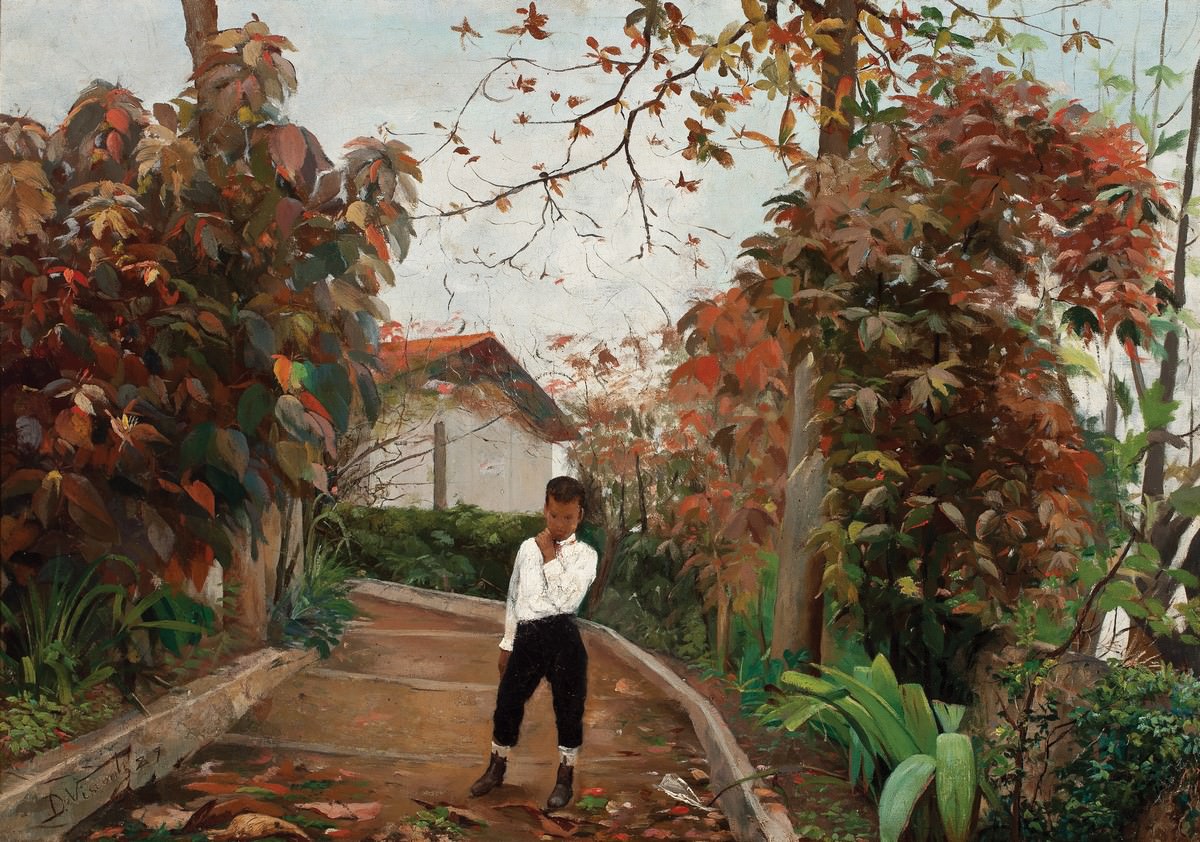
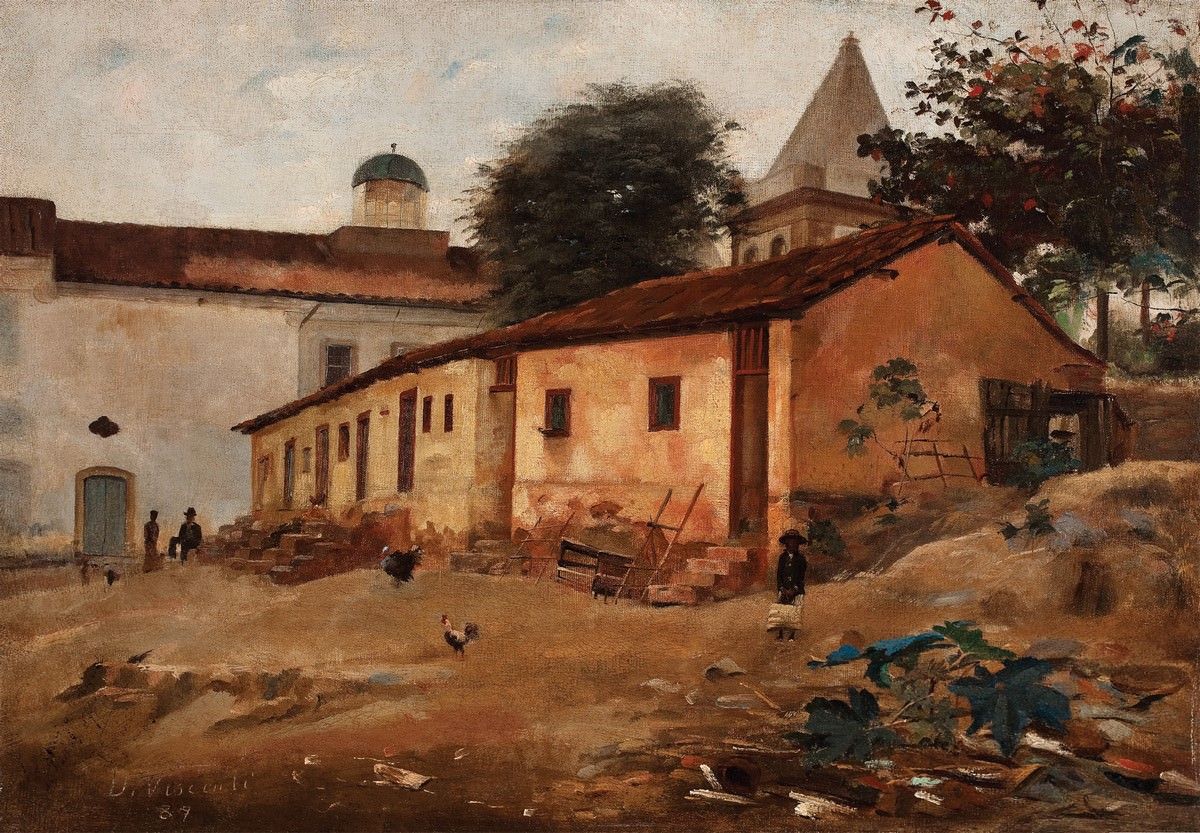
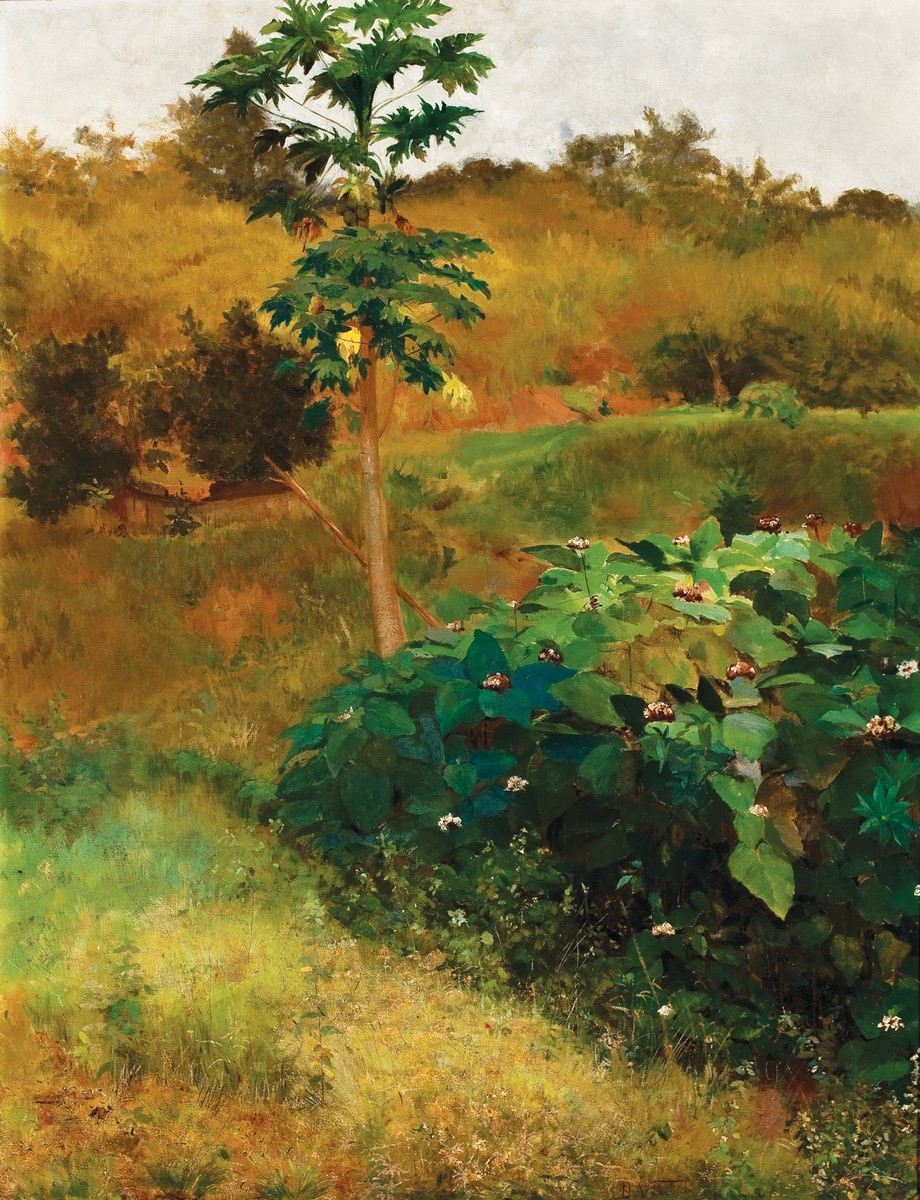
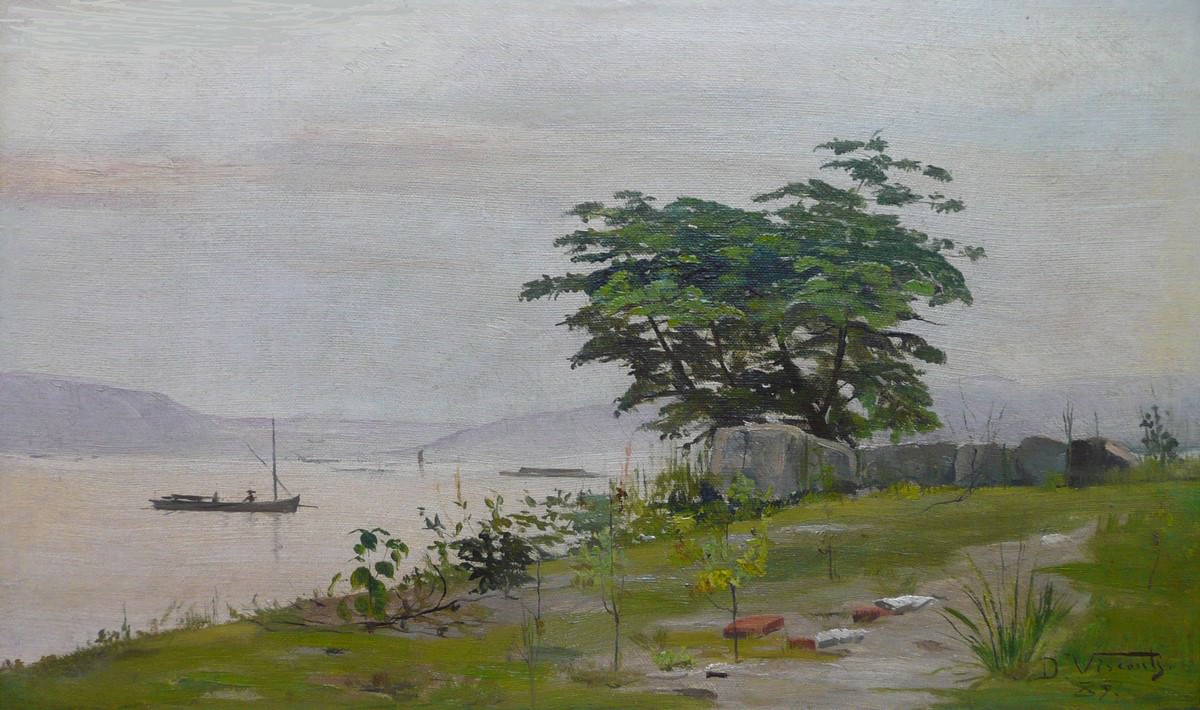
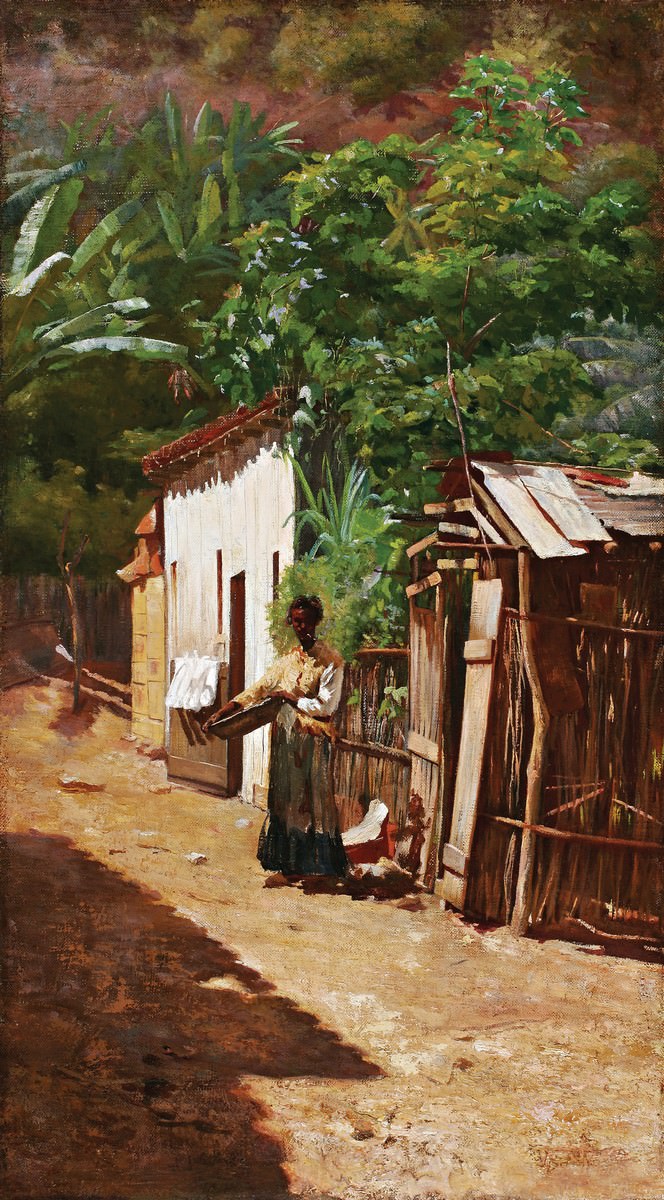
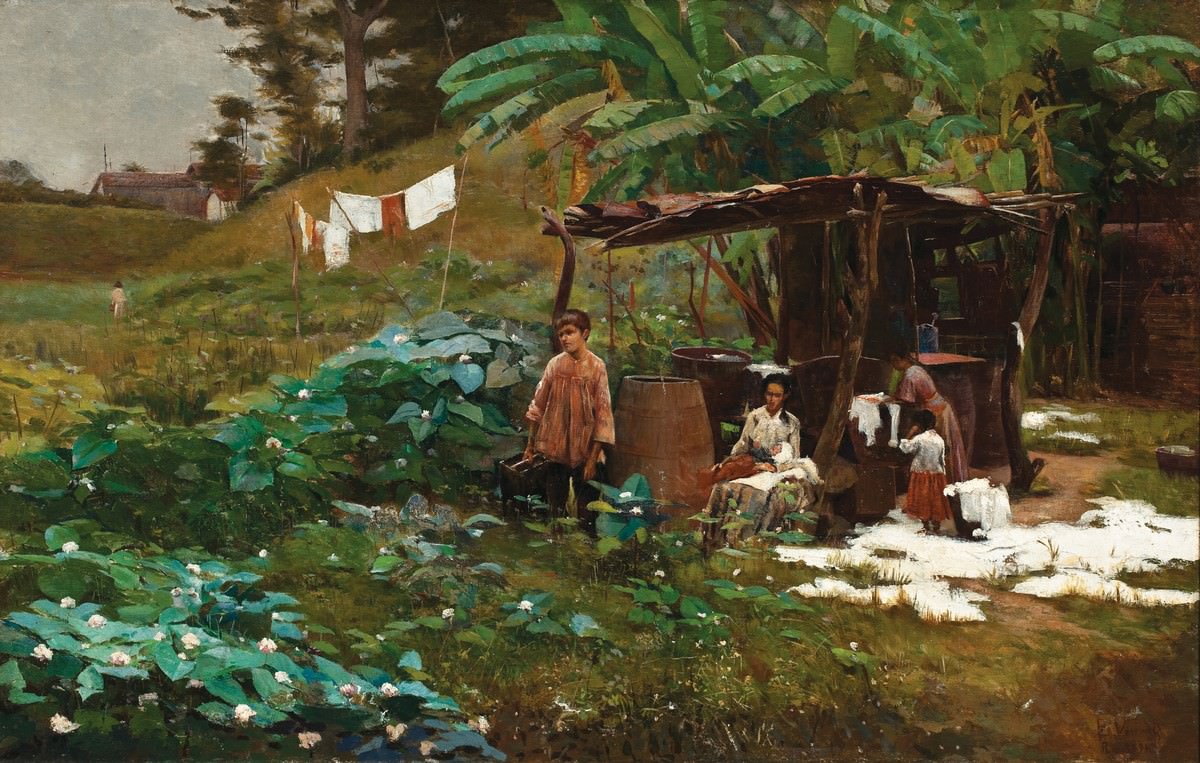
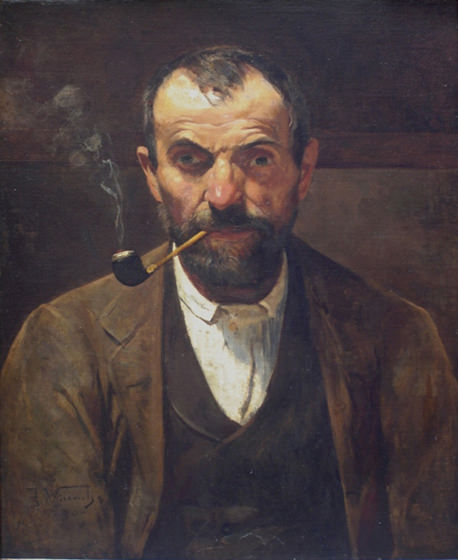
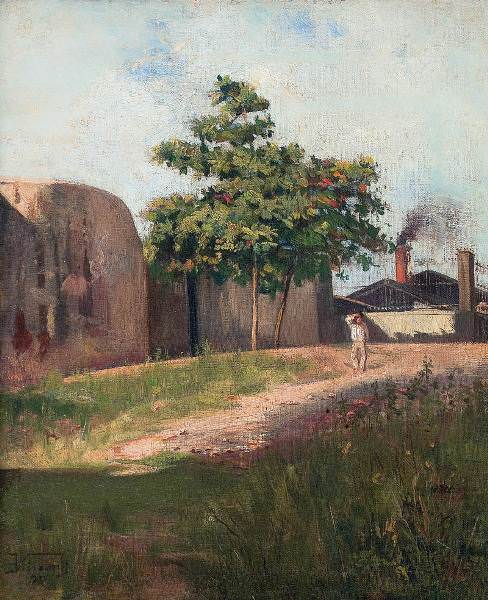
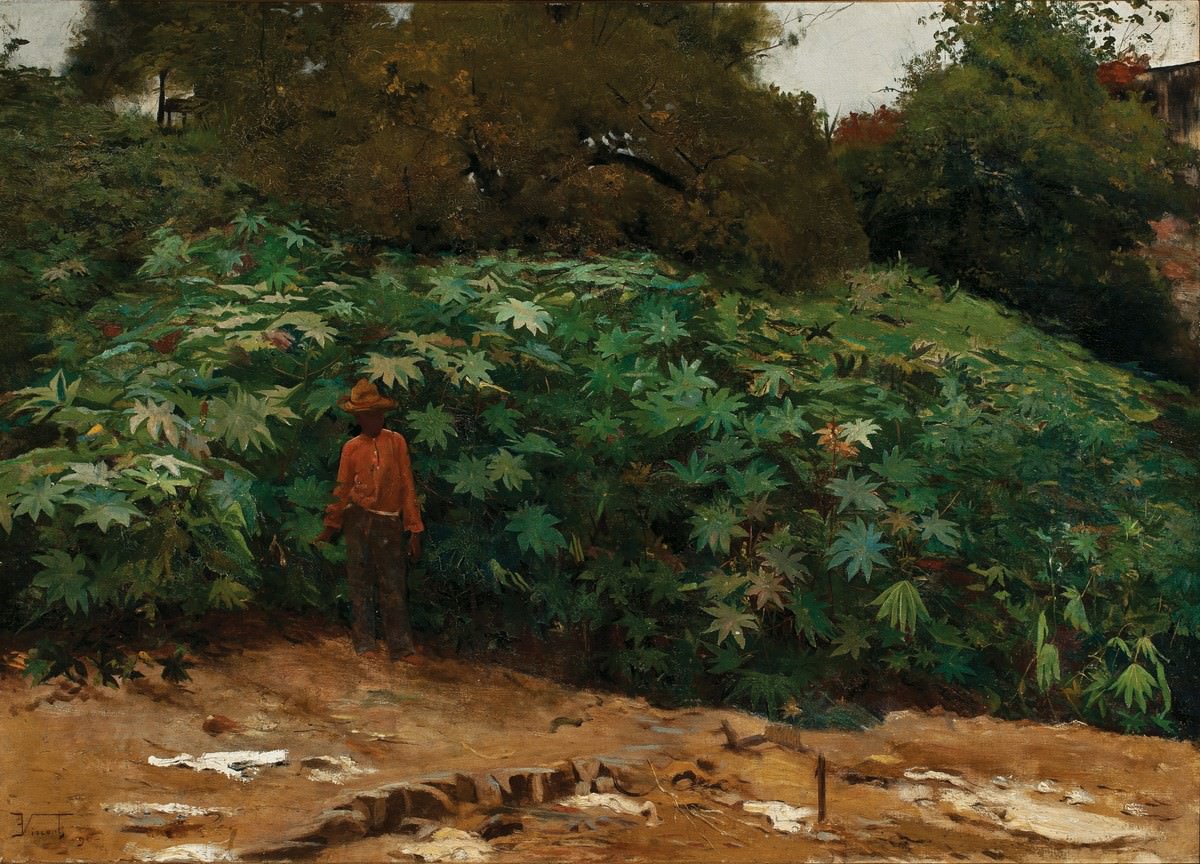
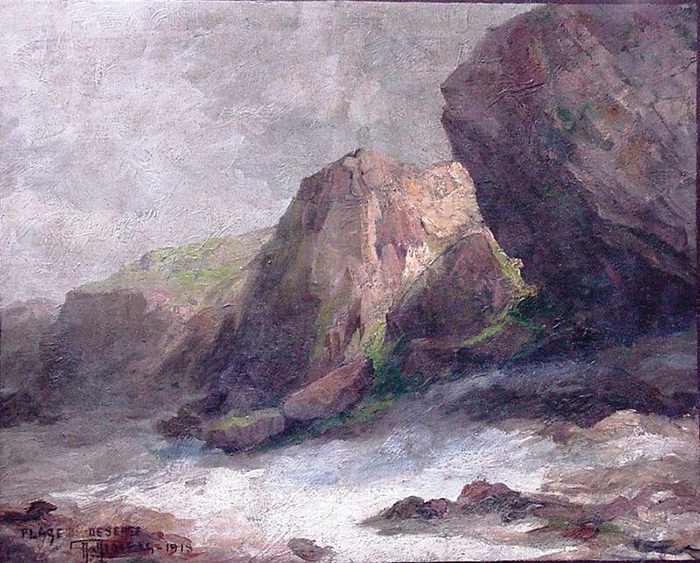
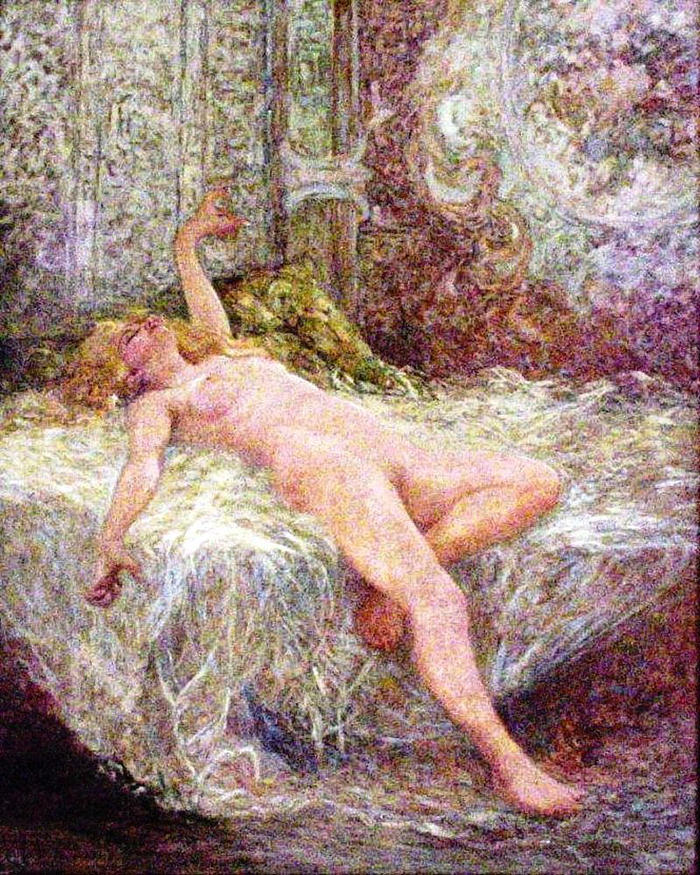
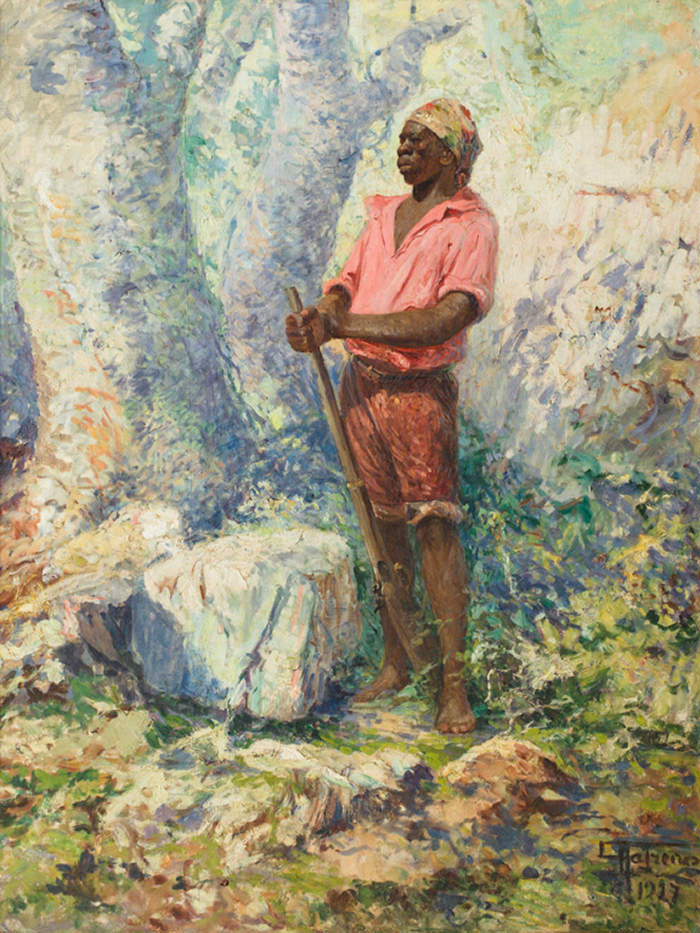
1 thought on “First Traces of Modern Art – Impressionism in Brazil by Rosângela Vig”